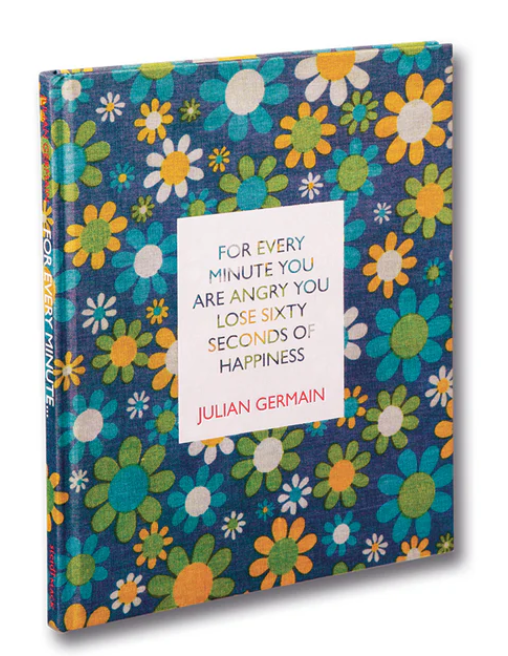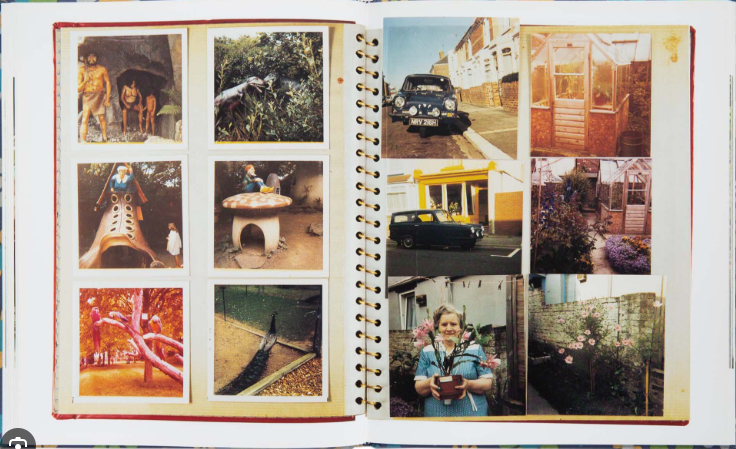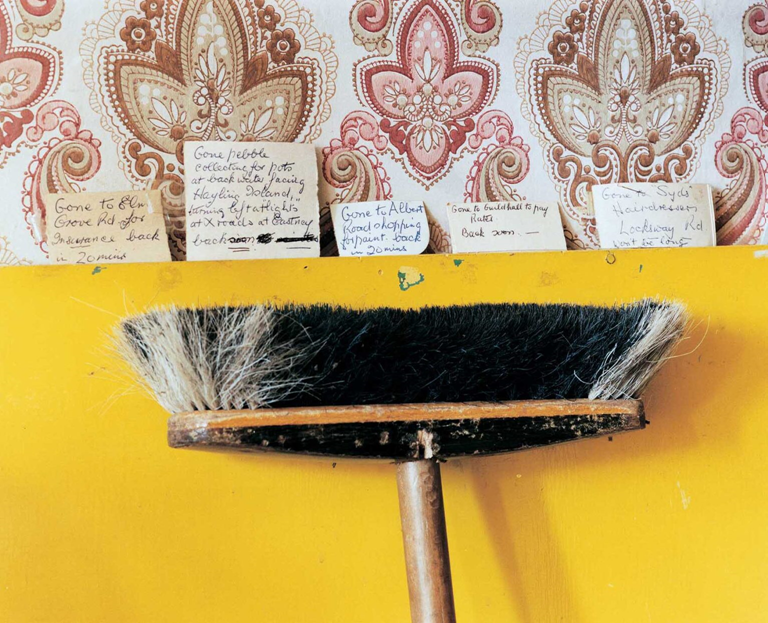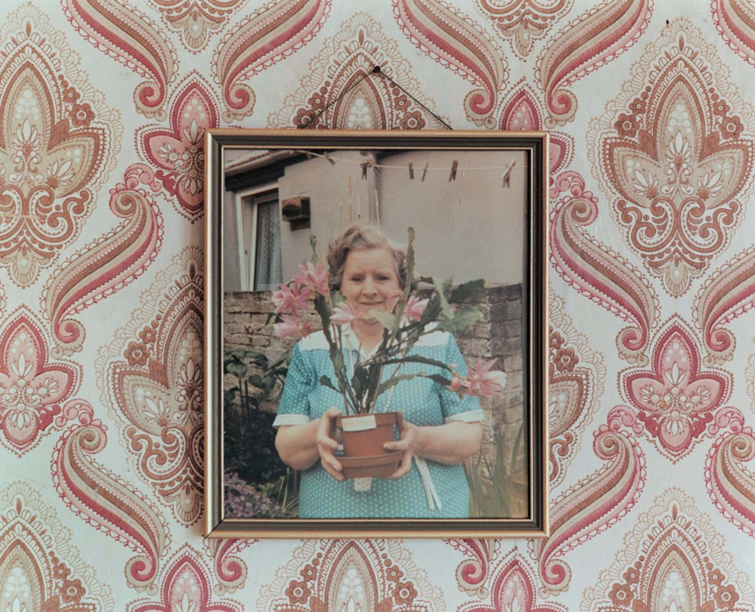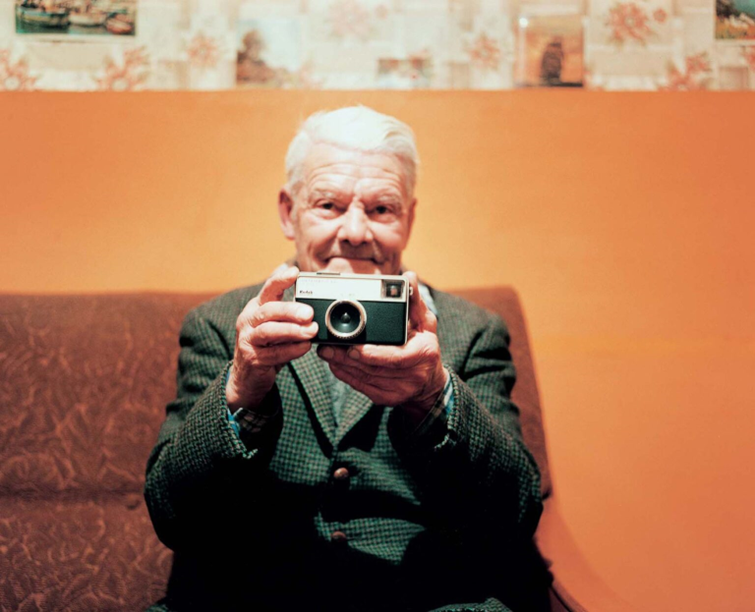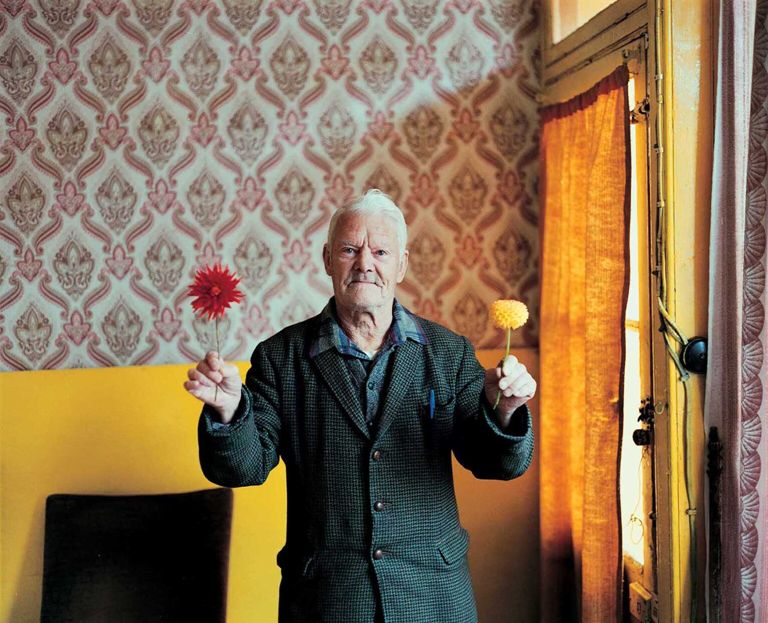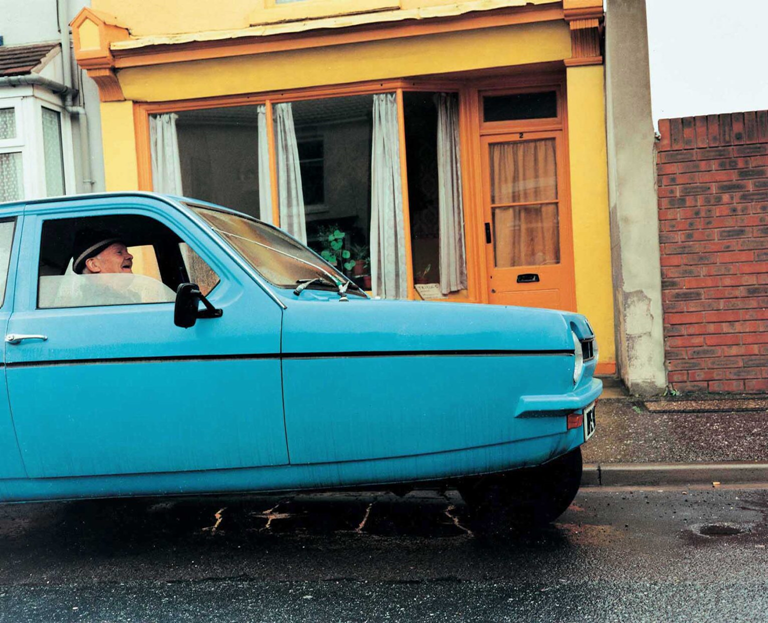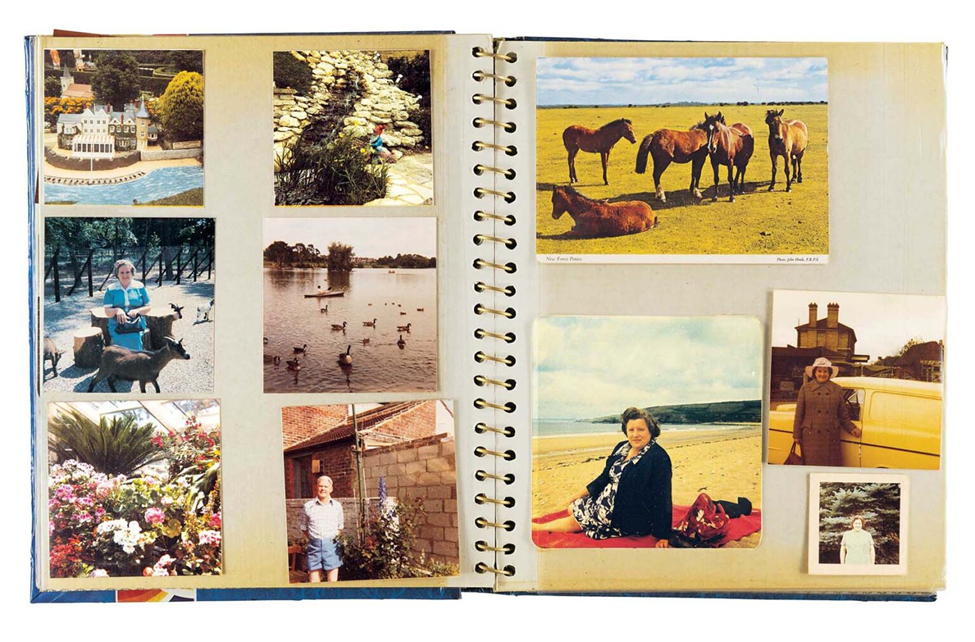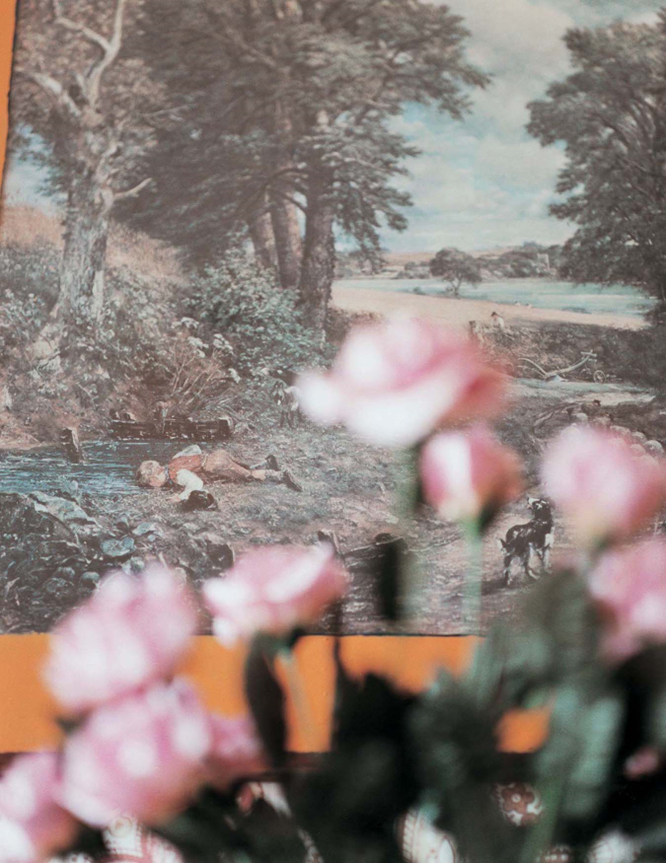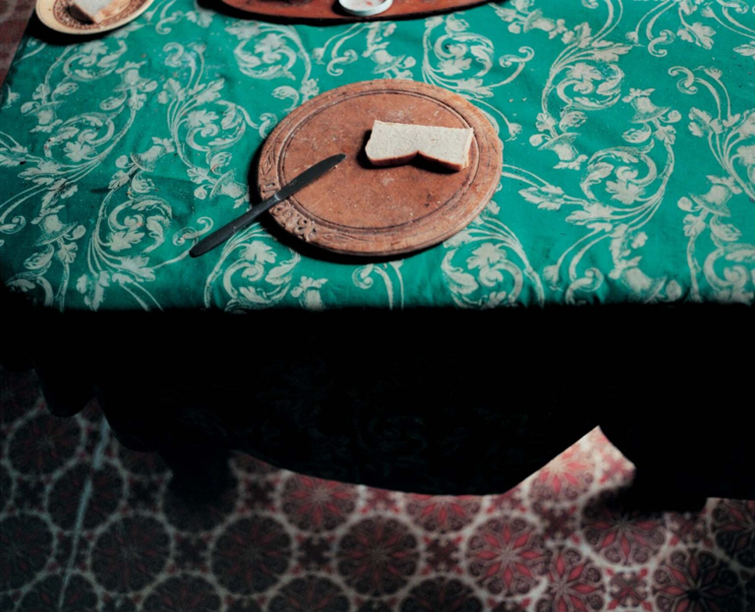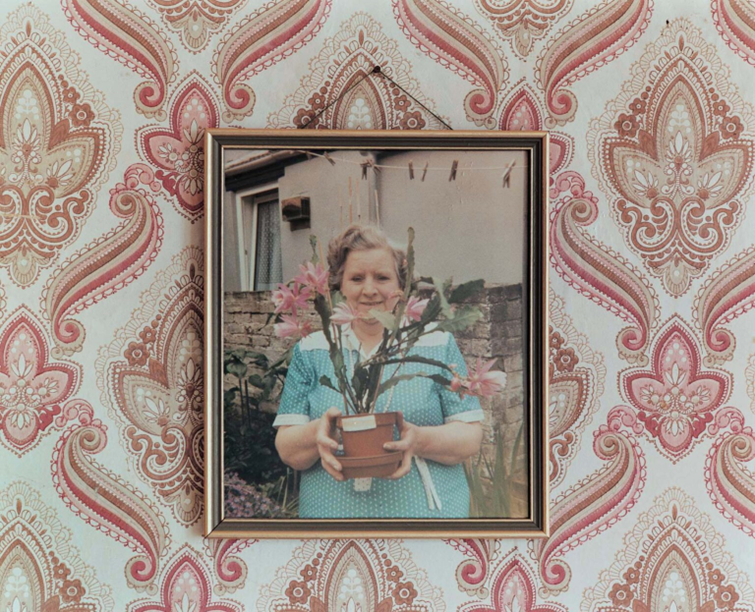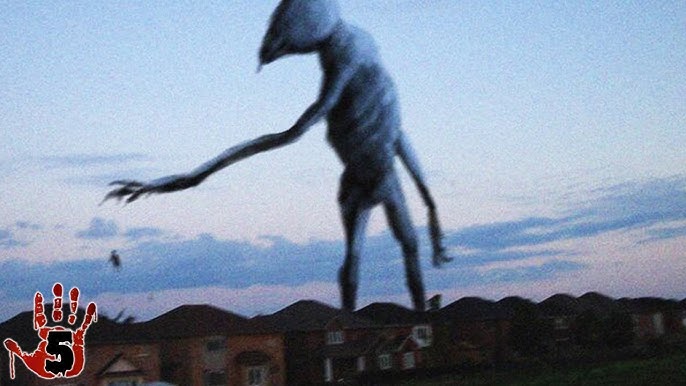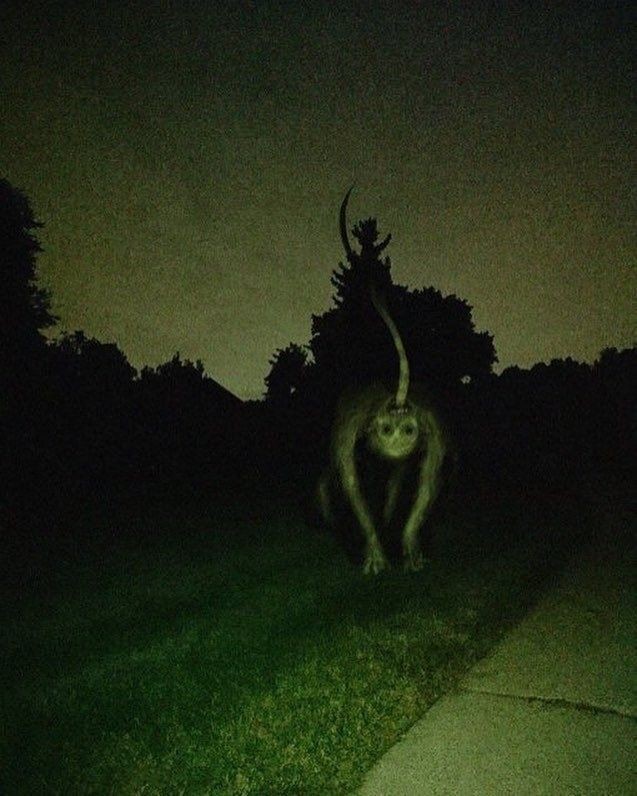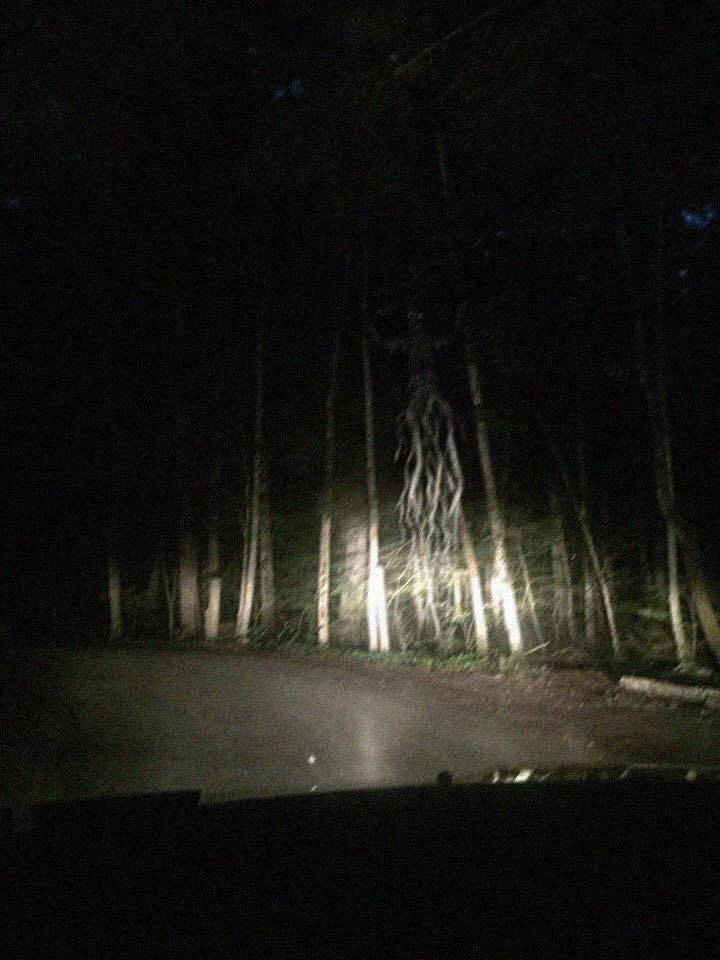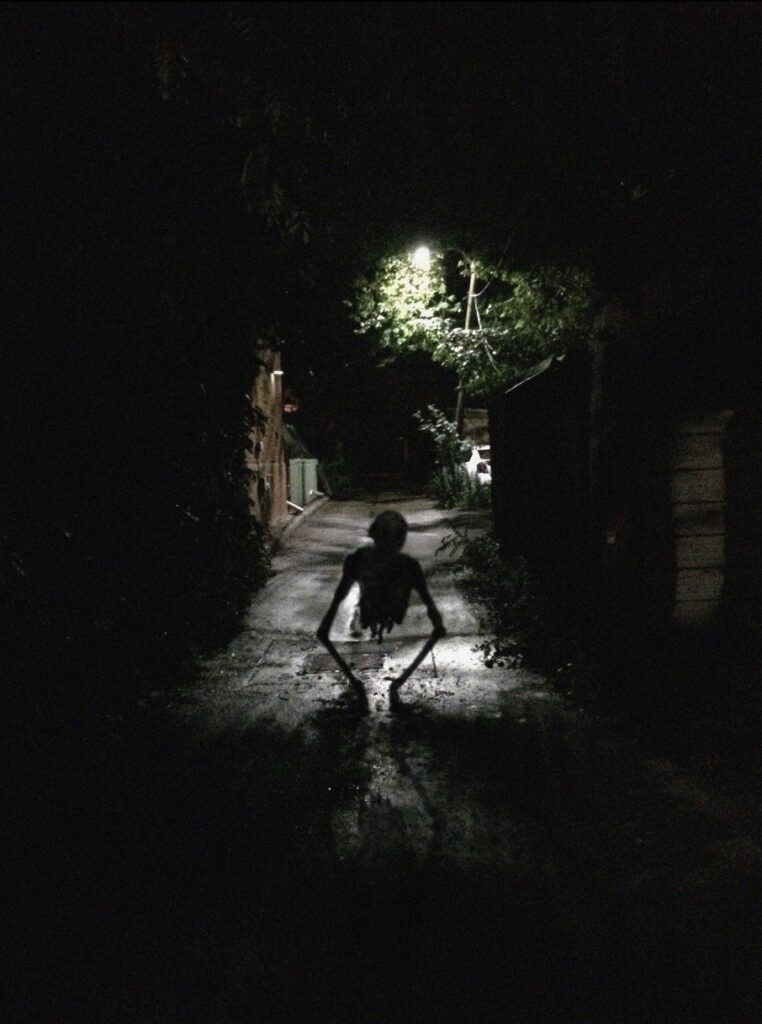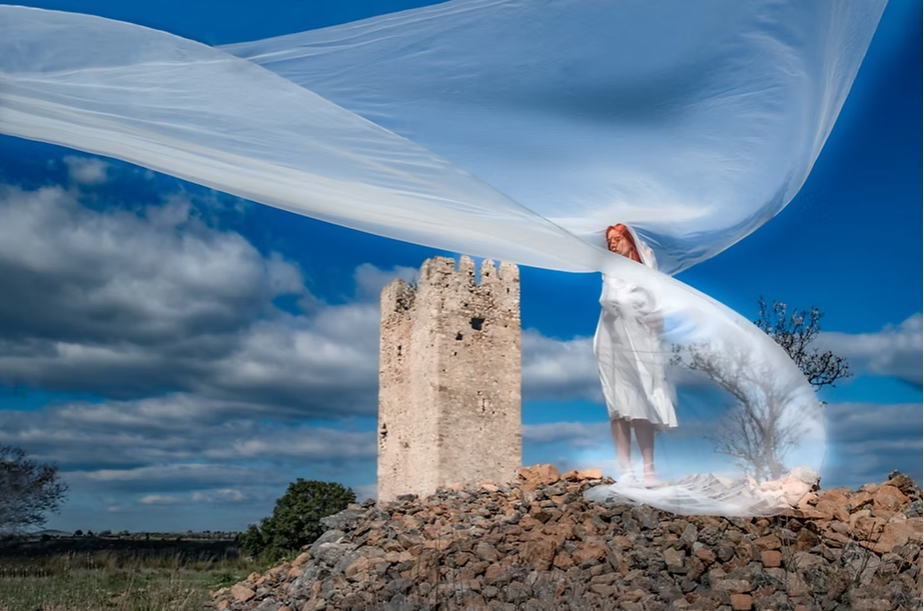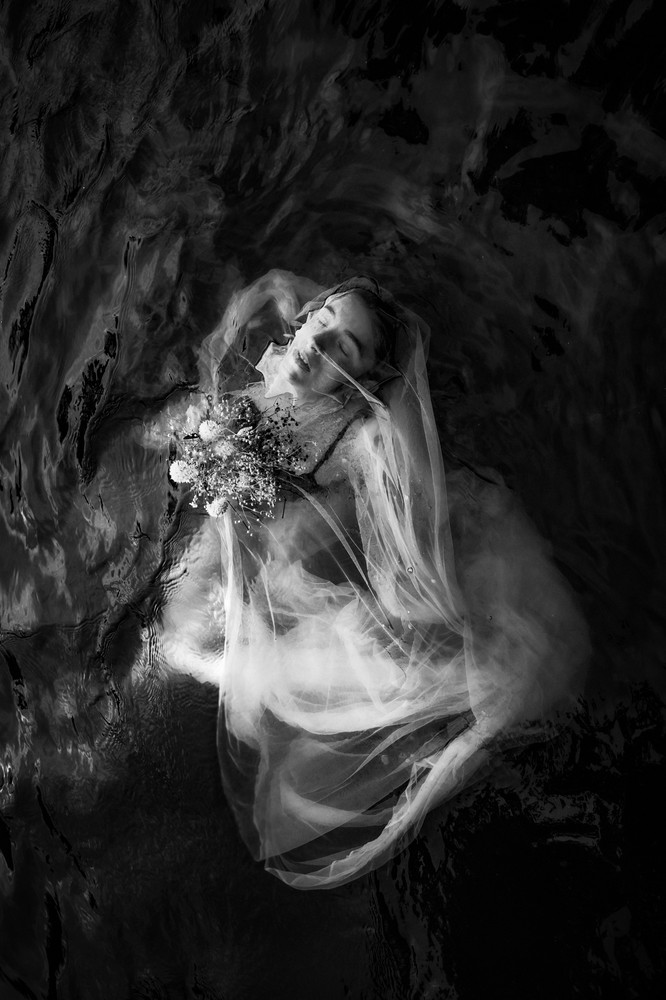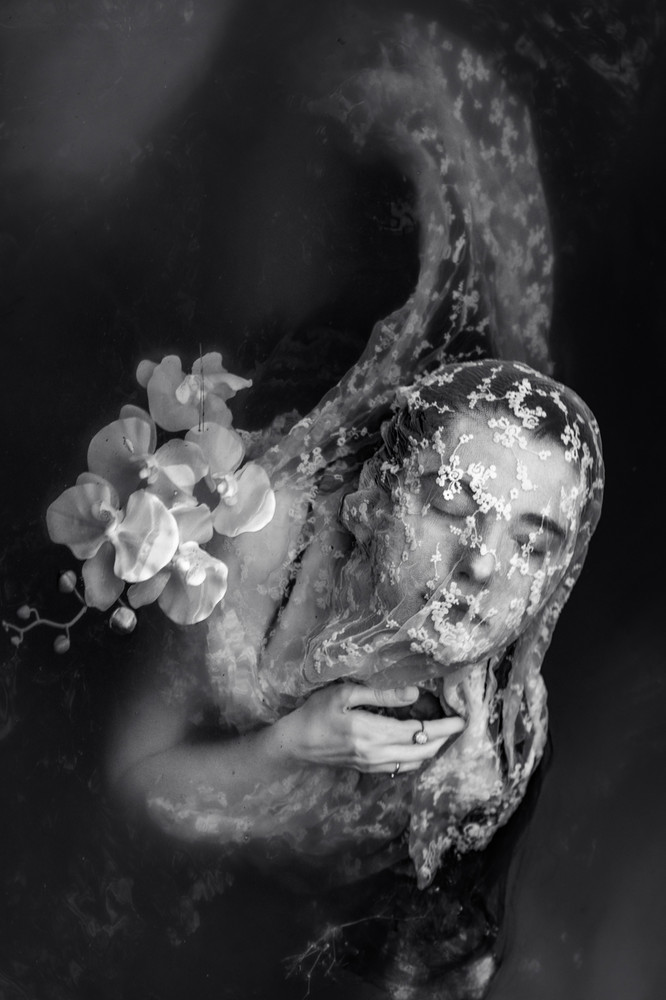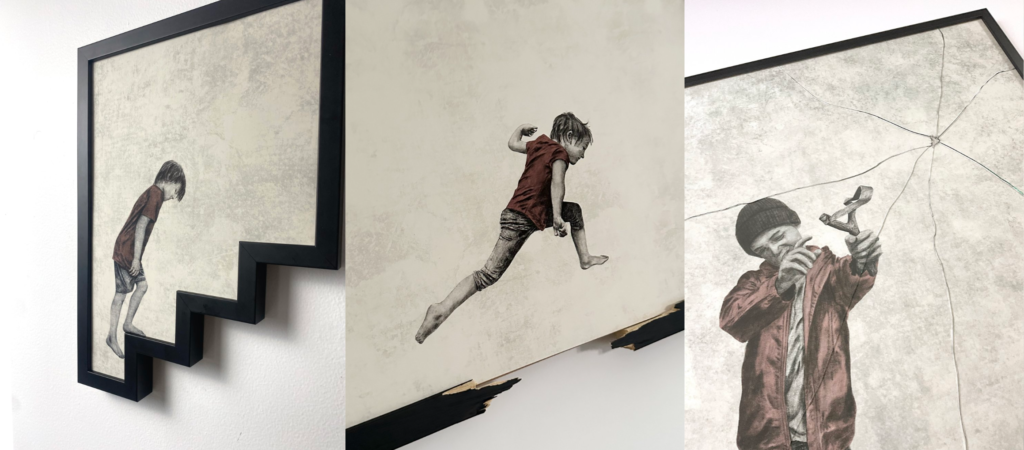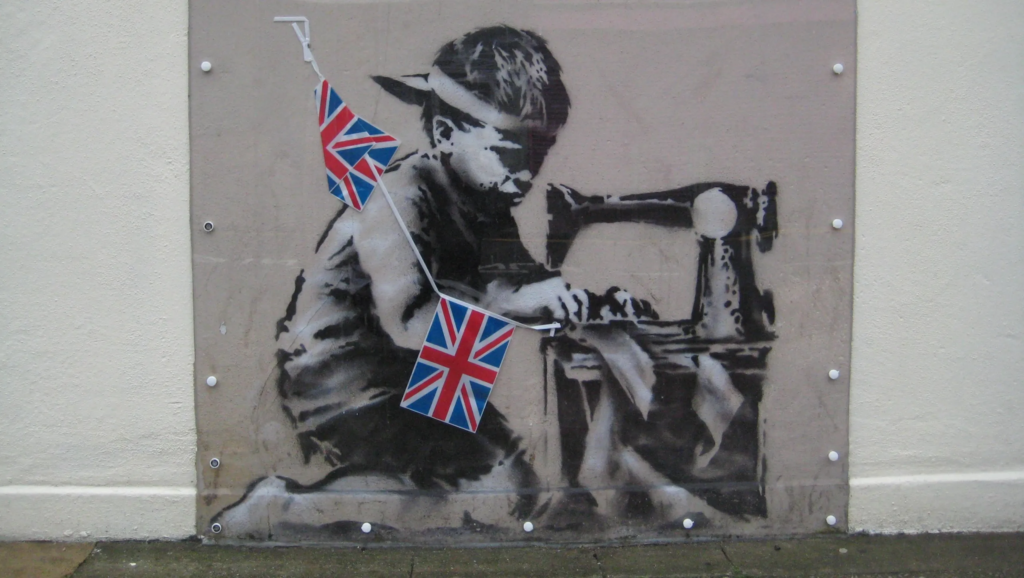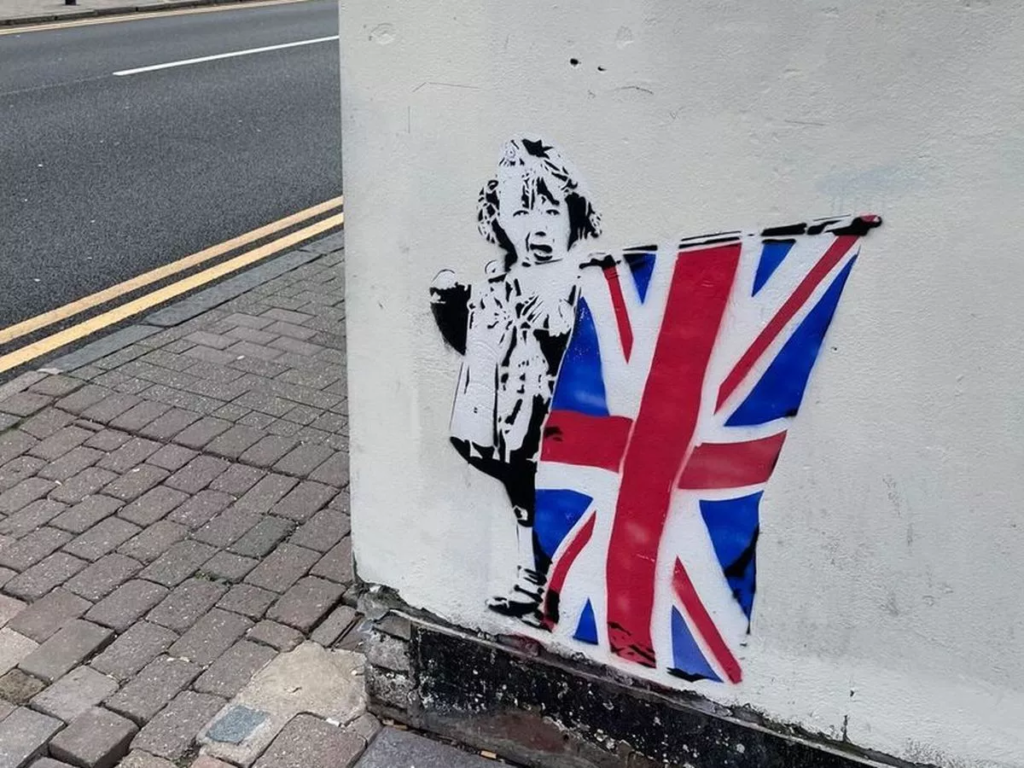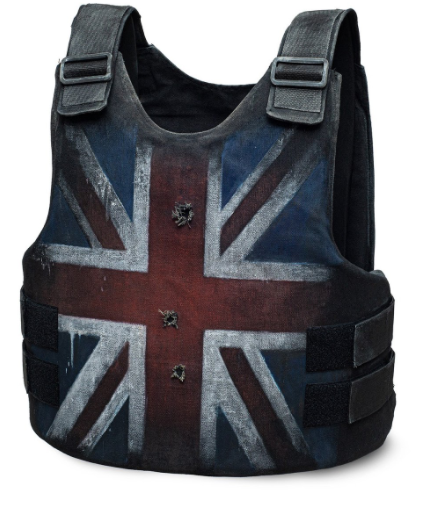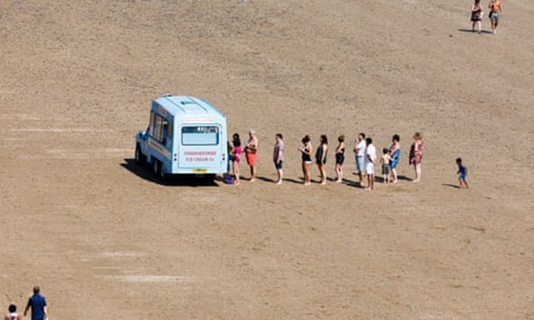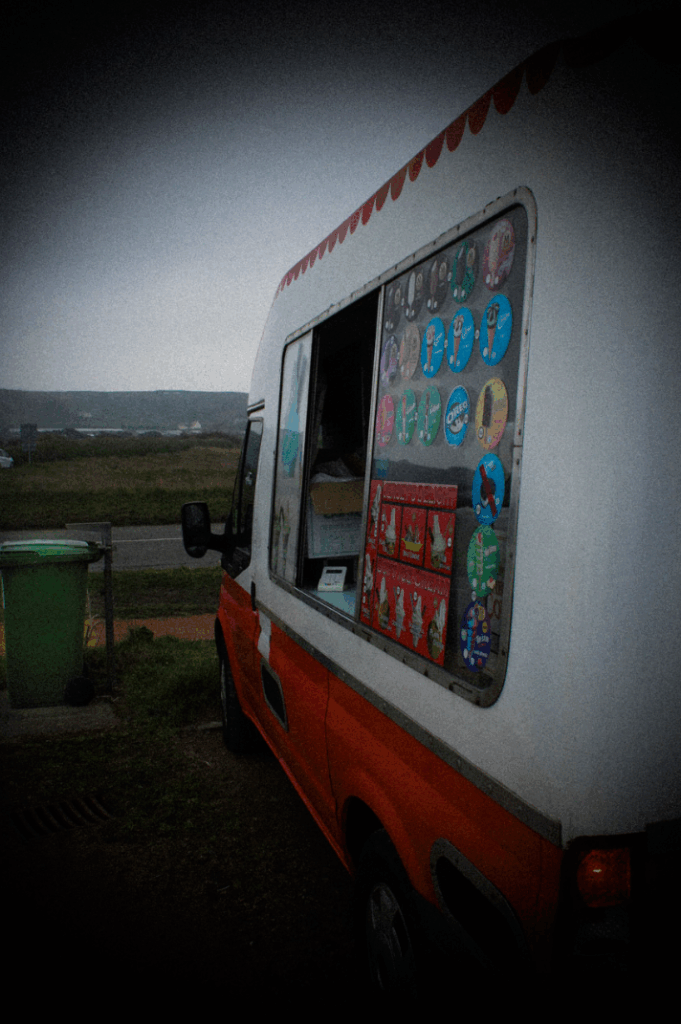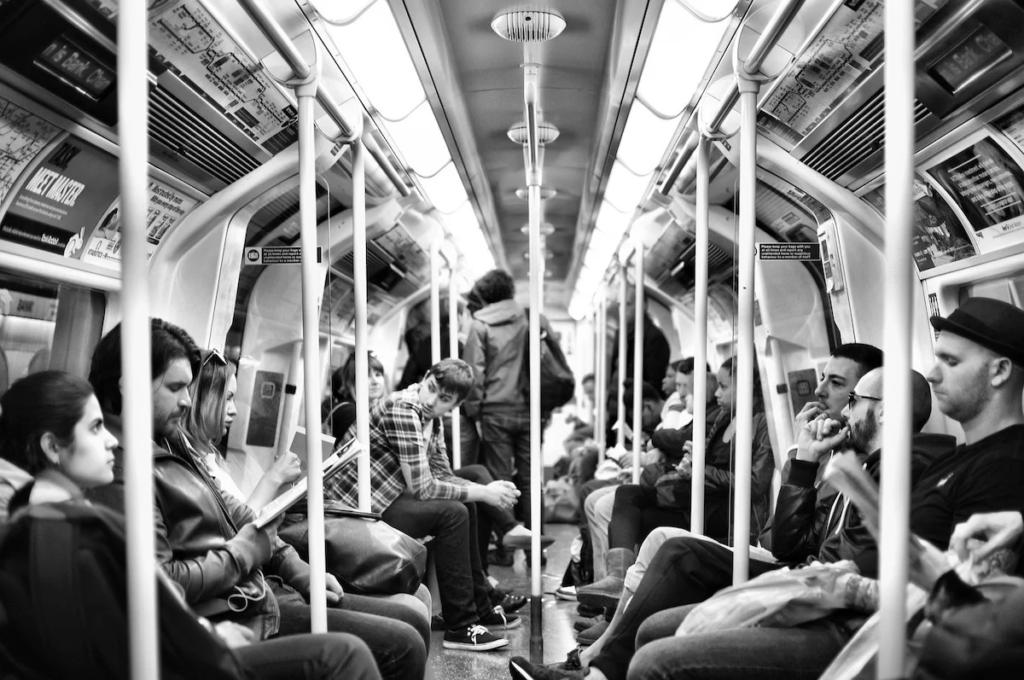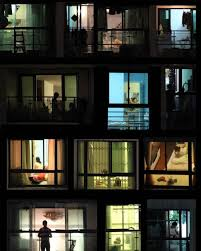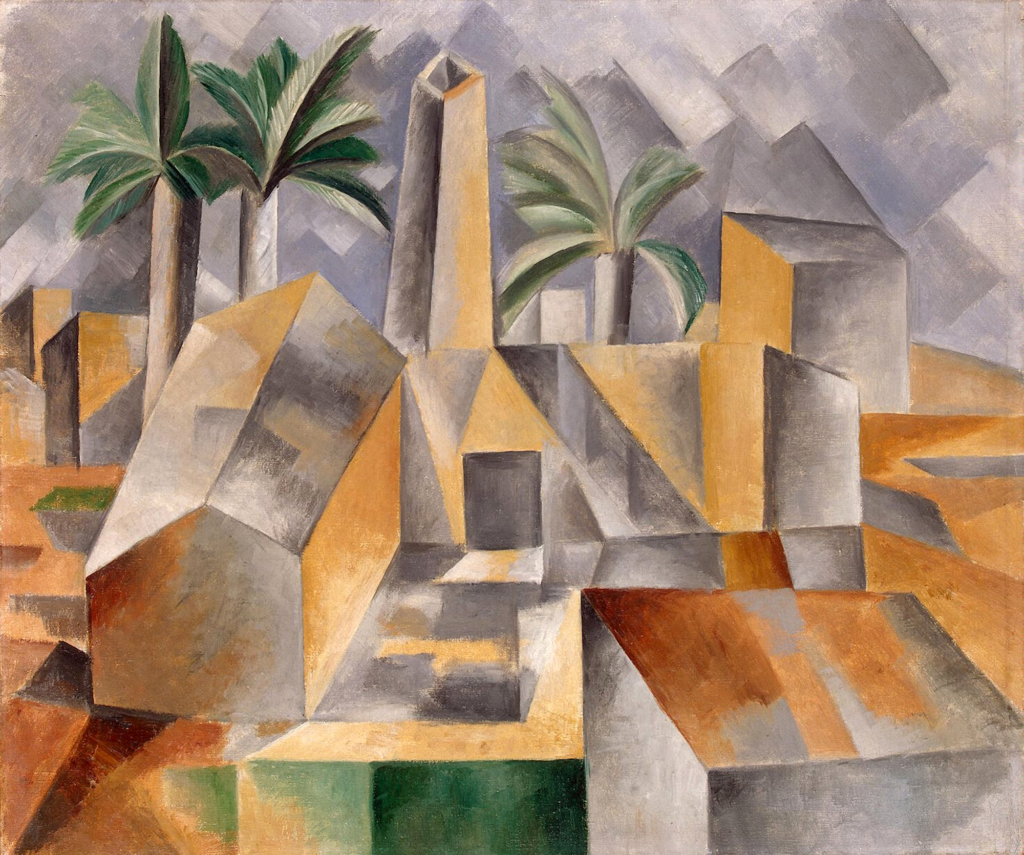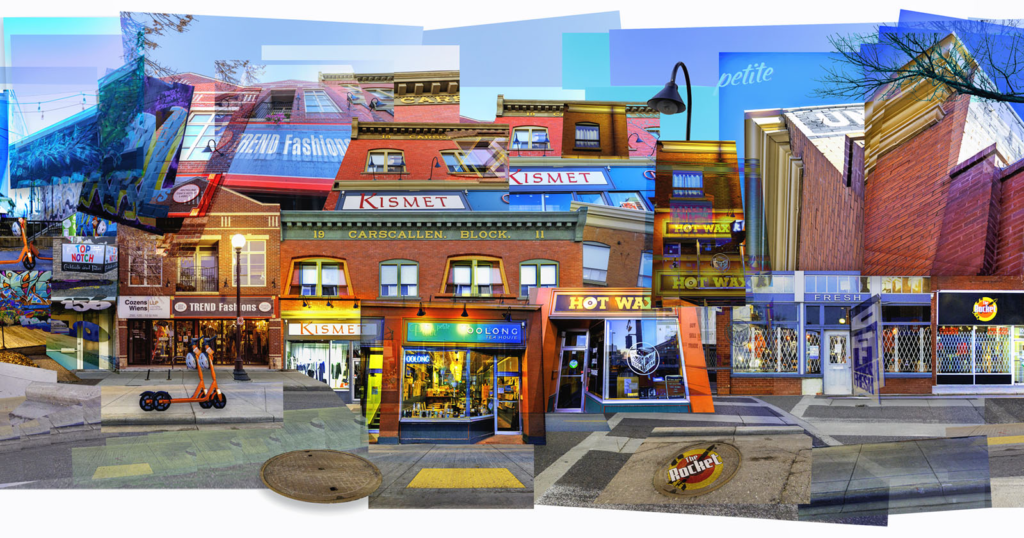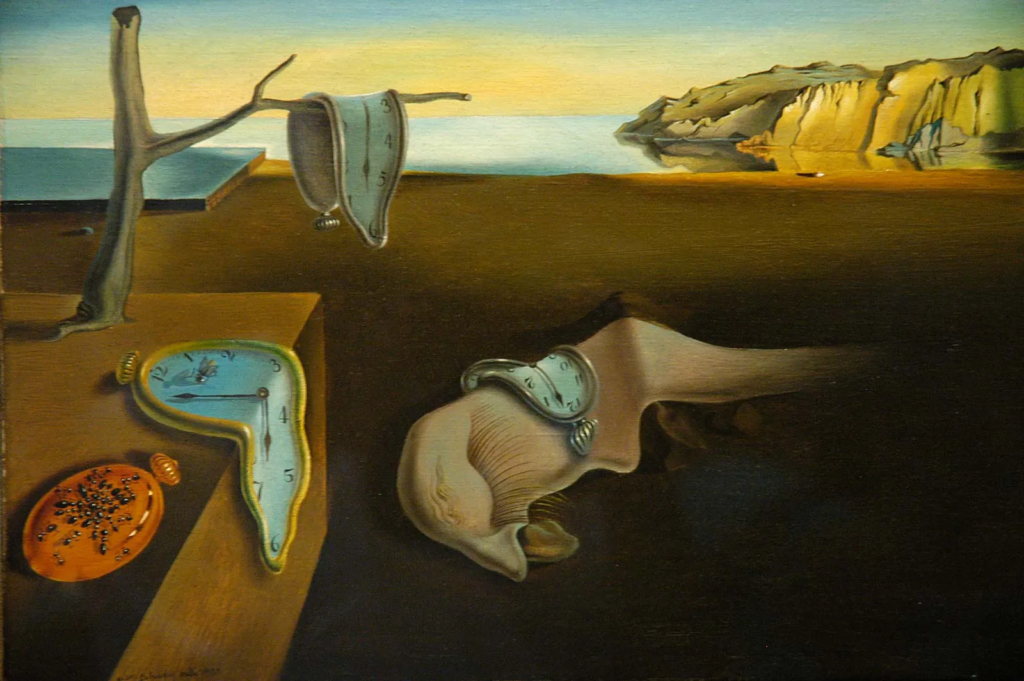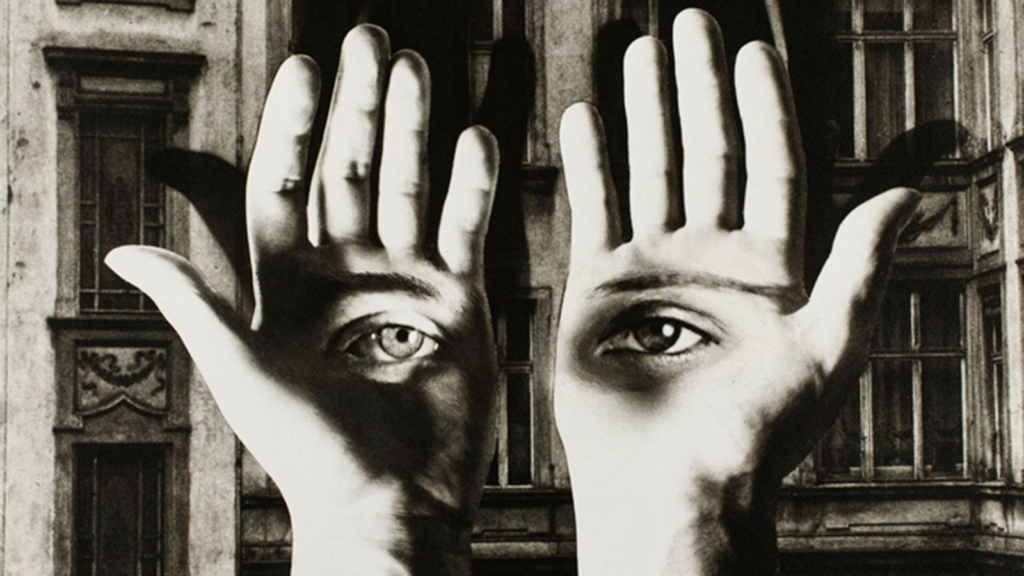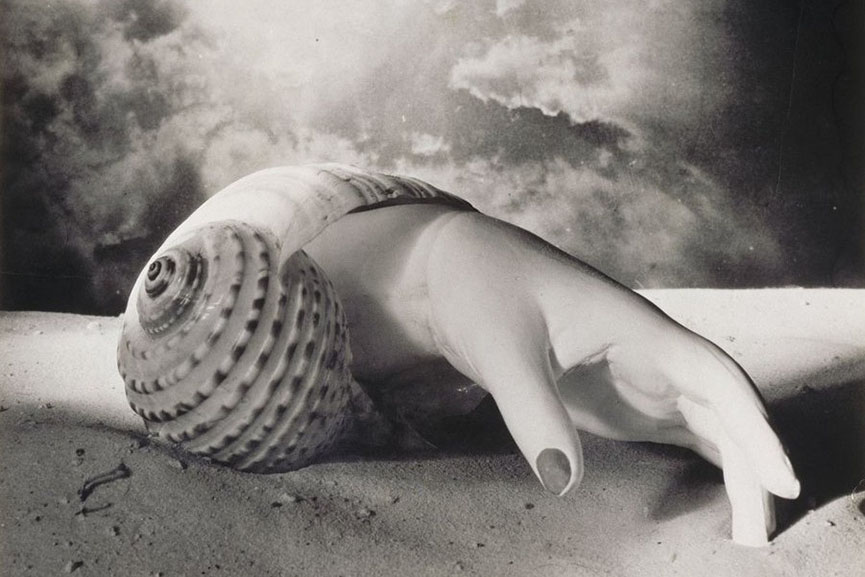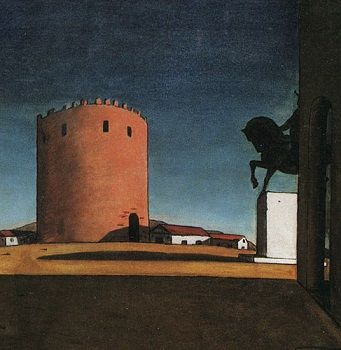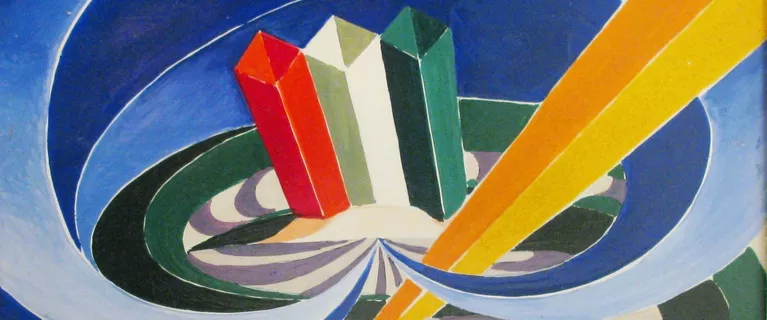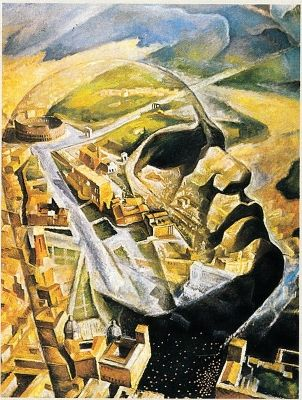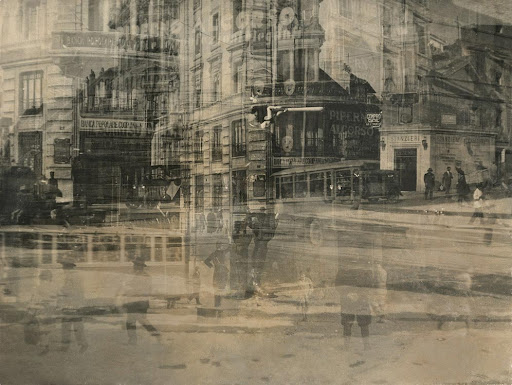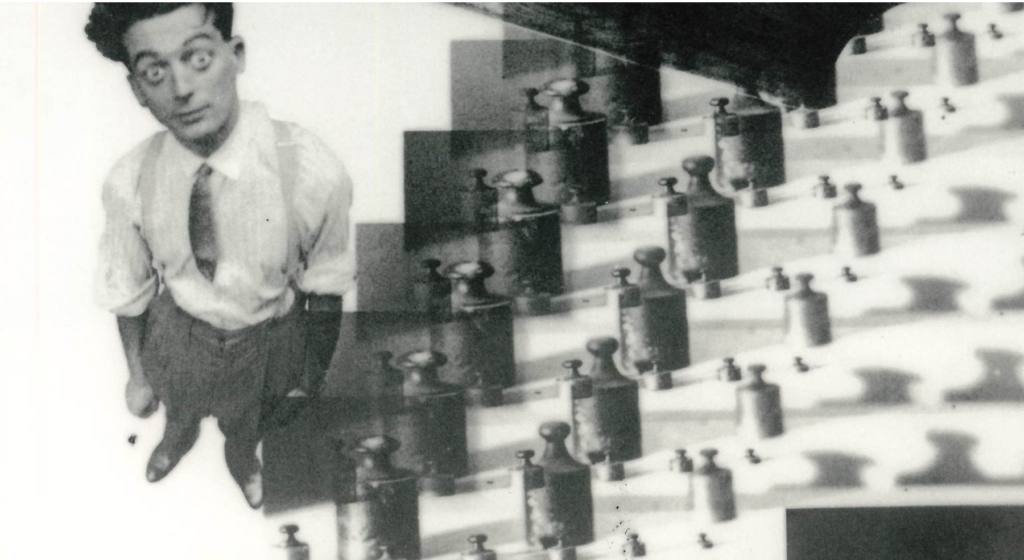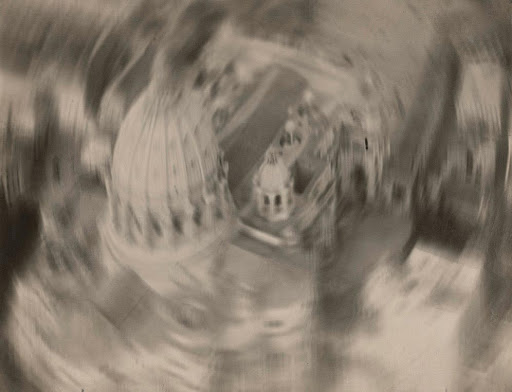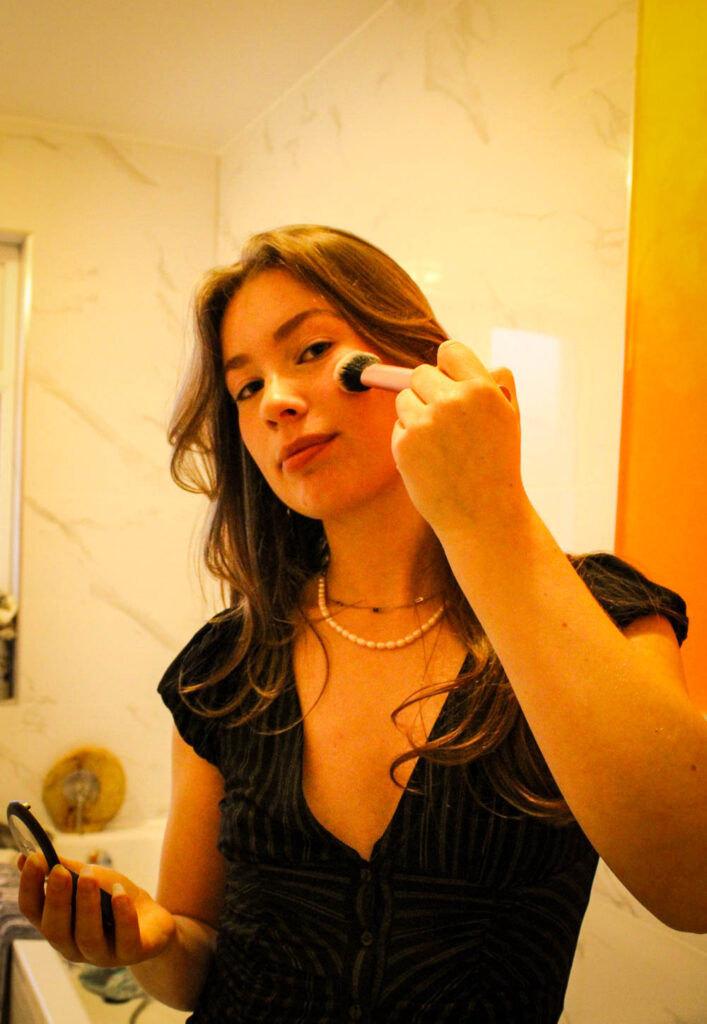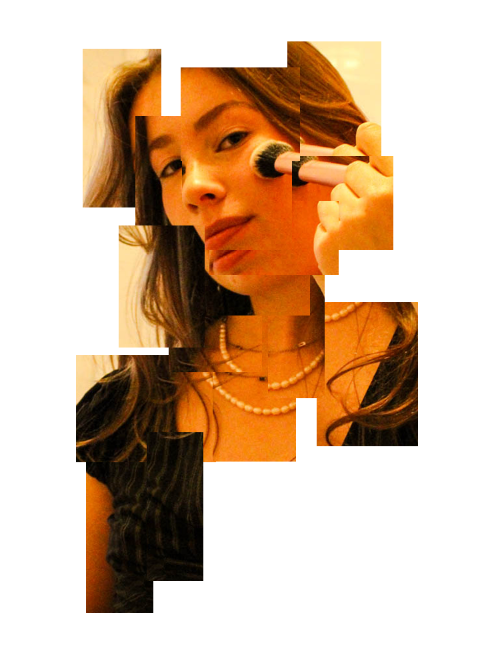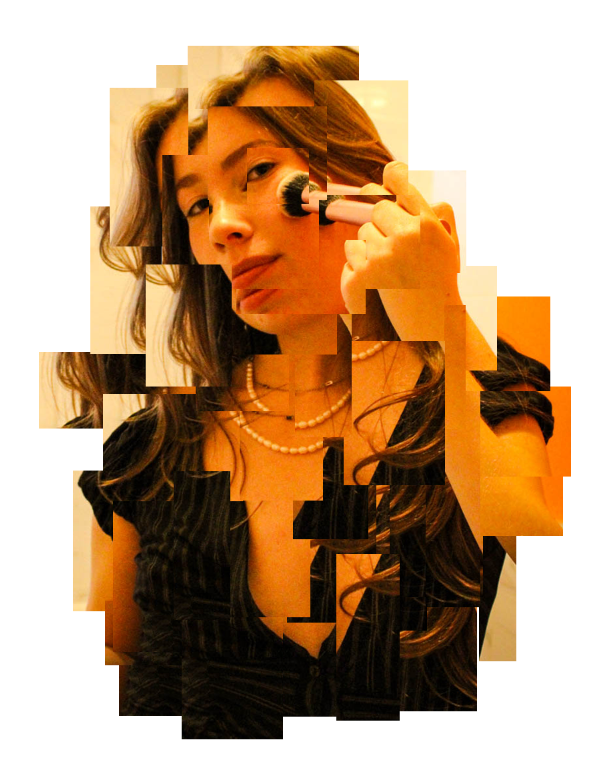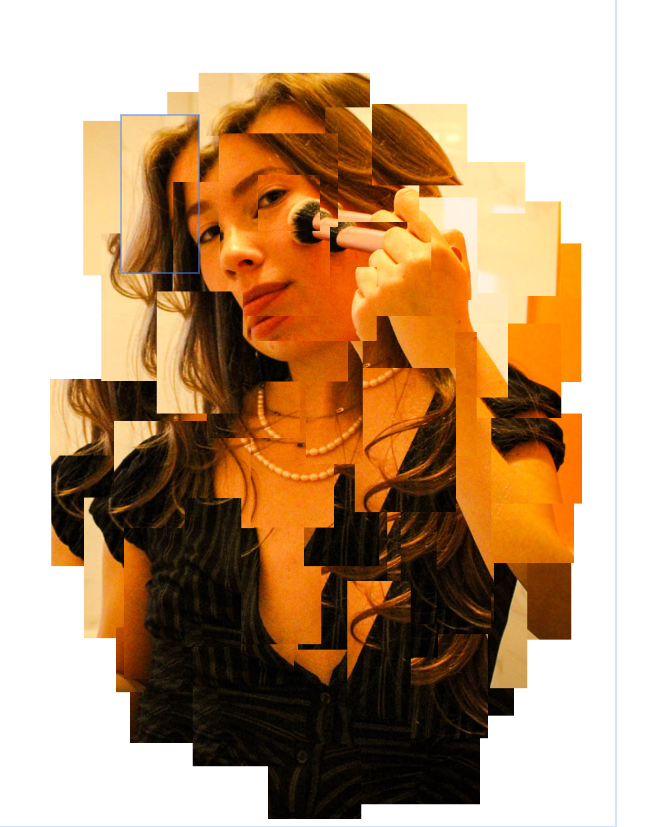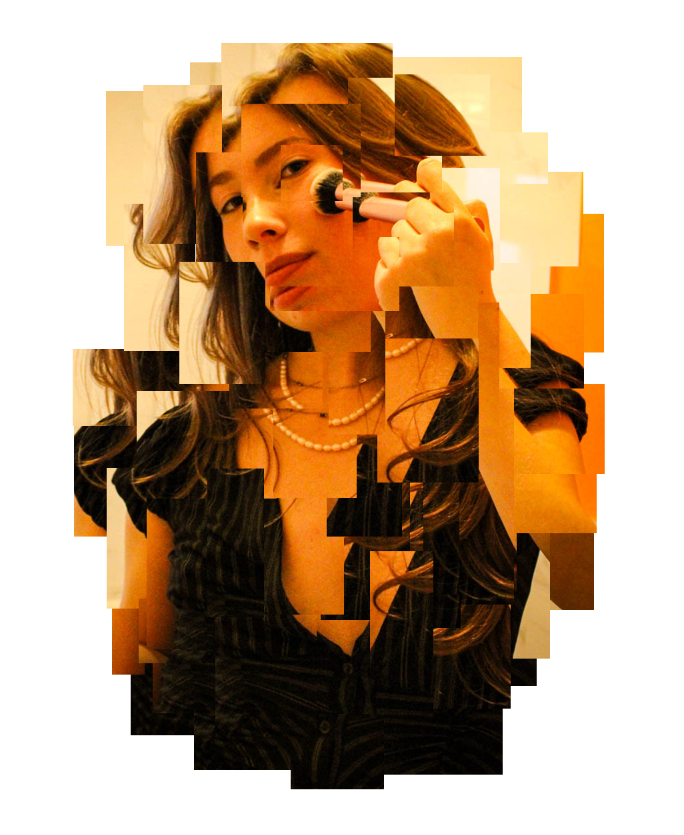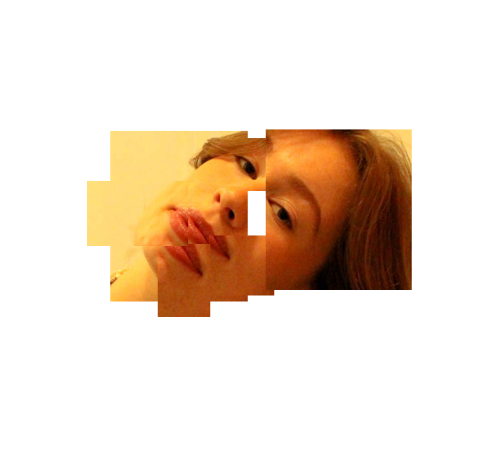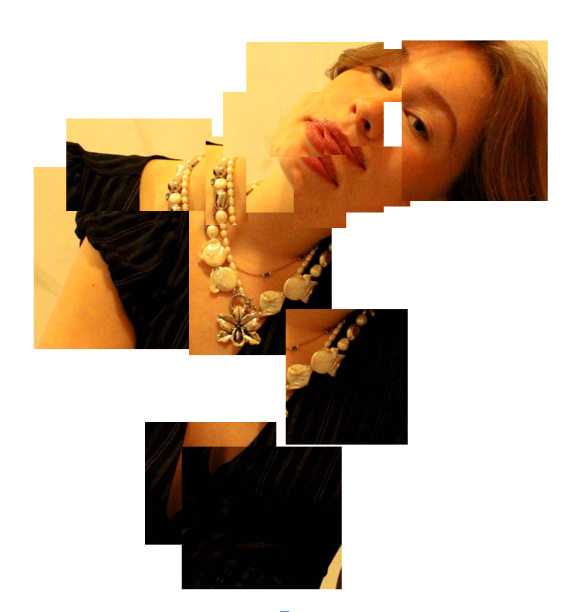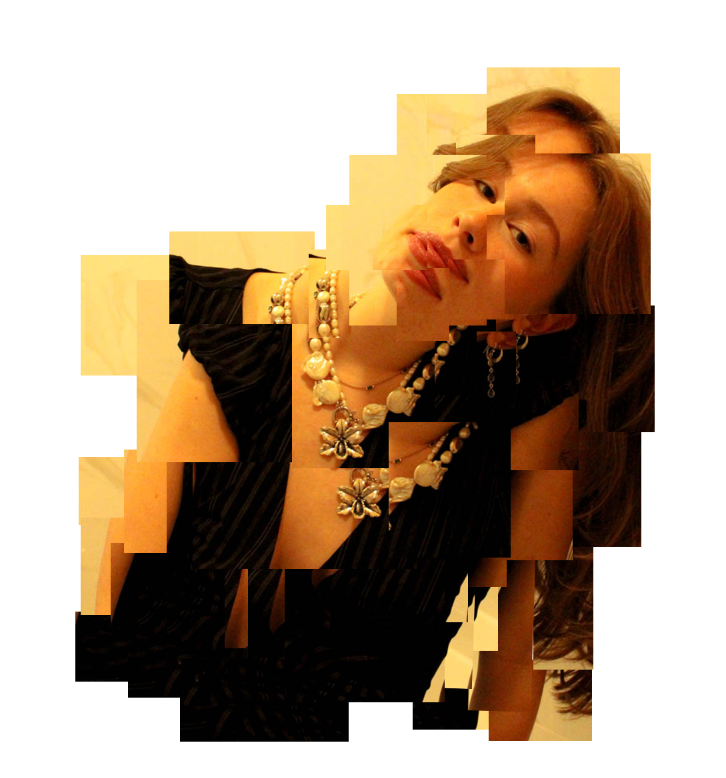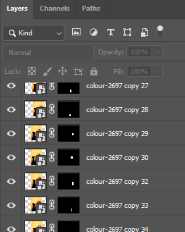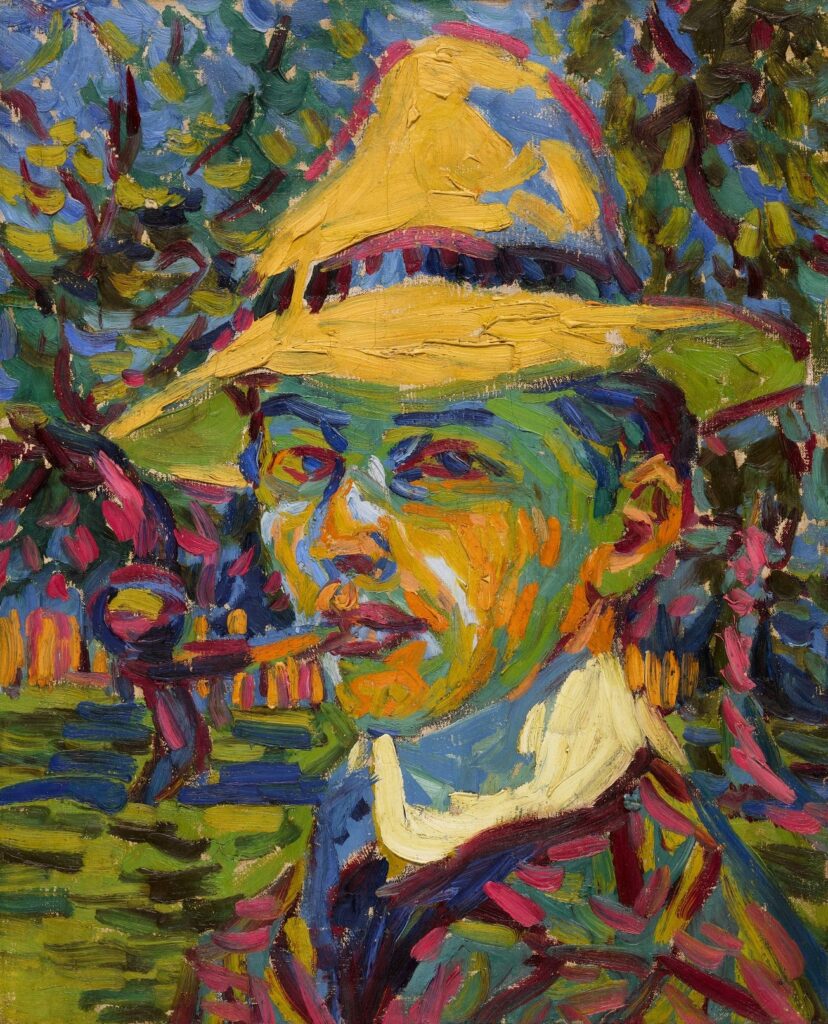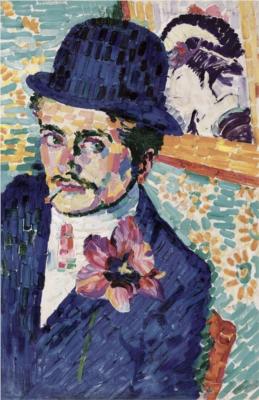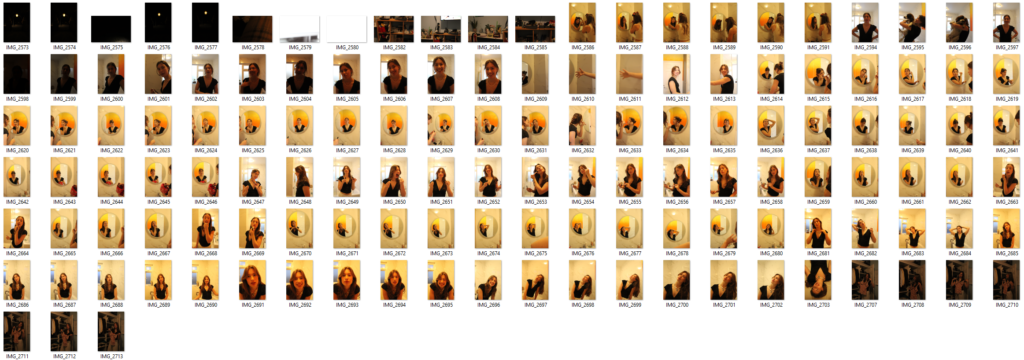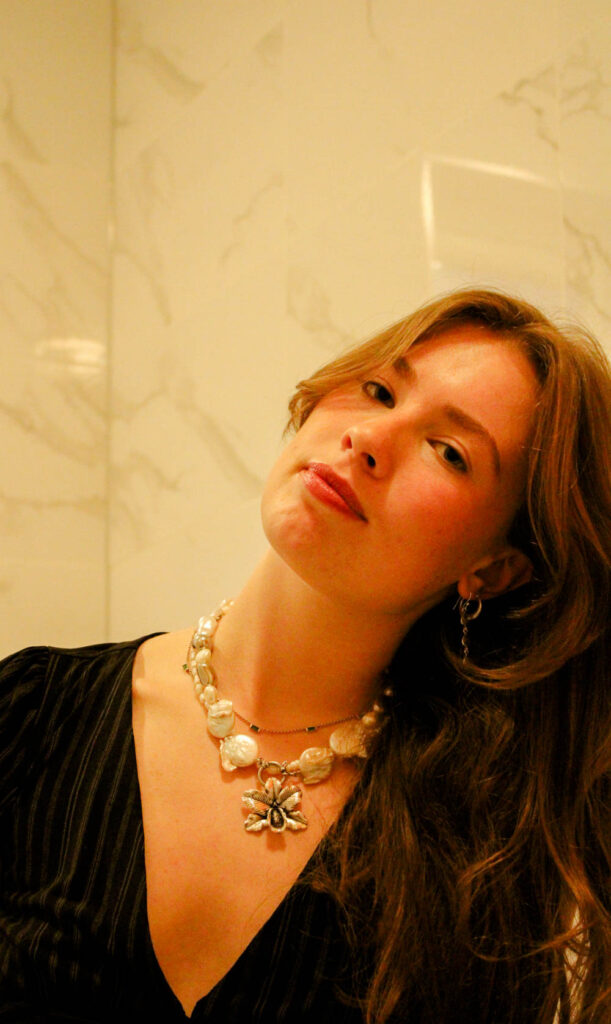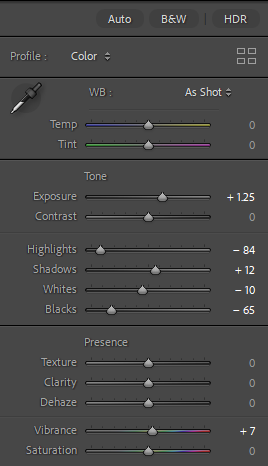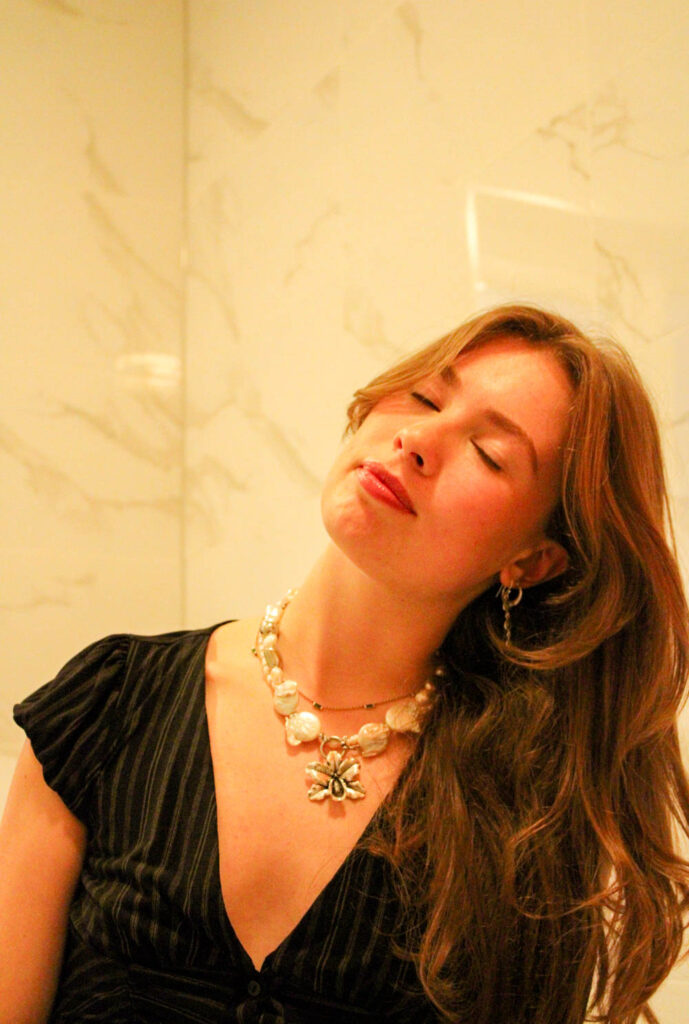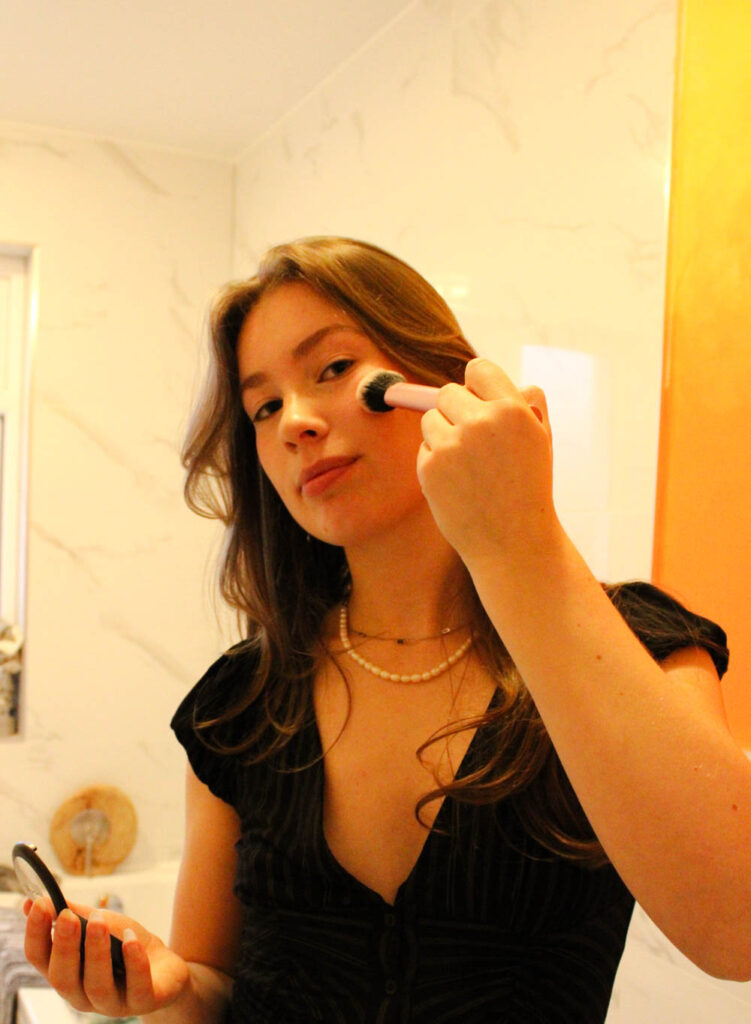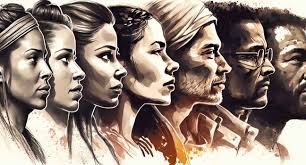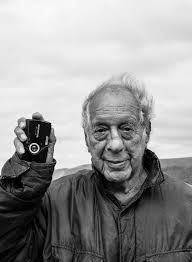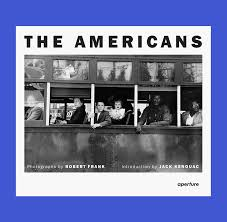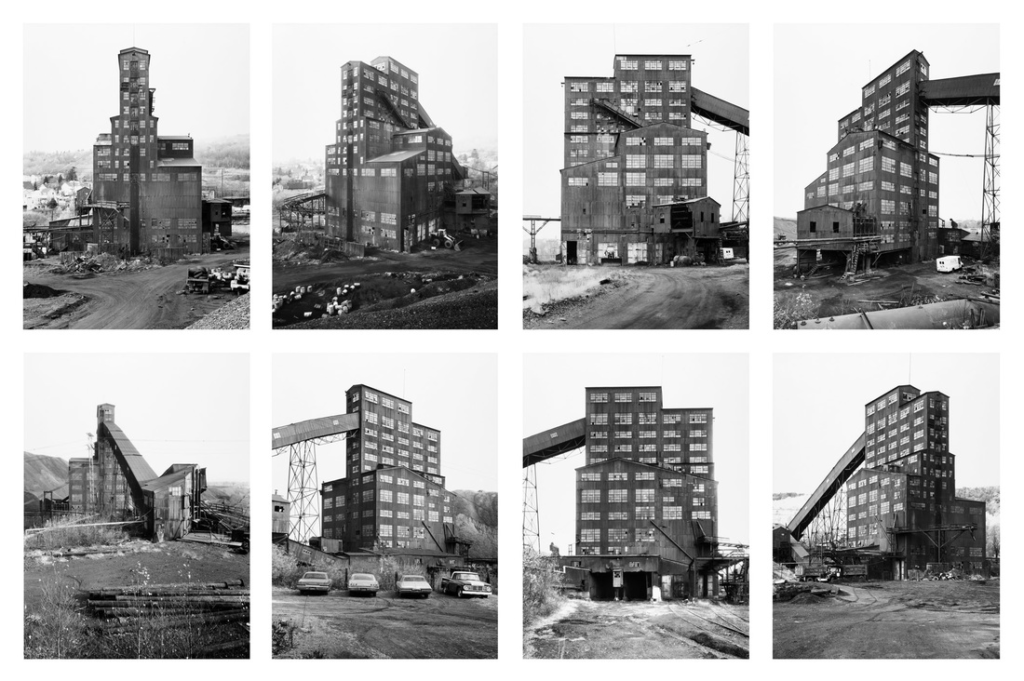
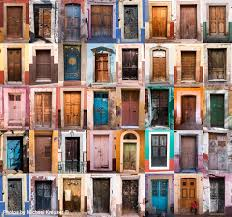
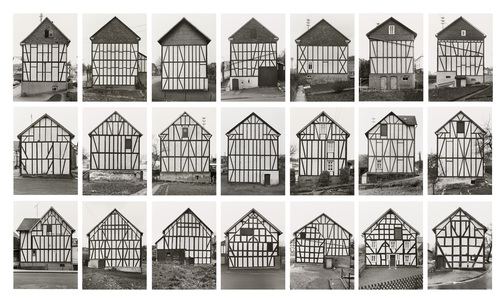
Bernd and Hilla Becker were a pair of photographers who coined the term: Typology. Typology means the study of types, in photography this means a collection of the same subject photographed and arranged together in a grid, inspired in part by 3 German photographers.
Karl Blossfeldt

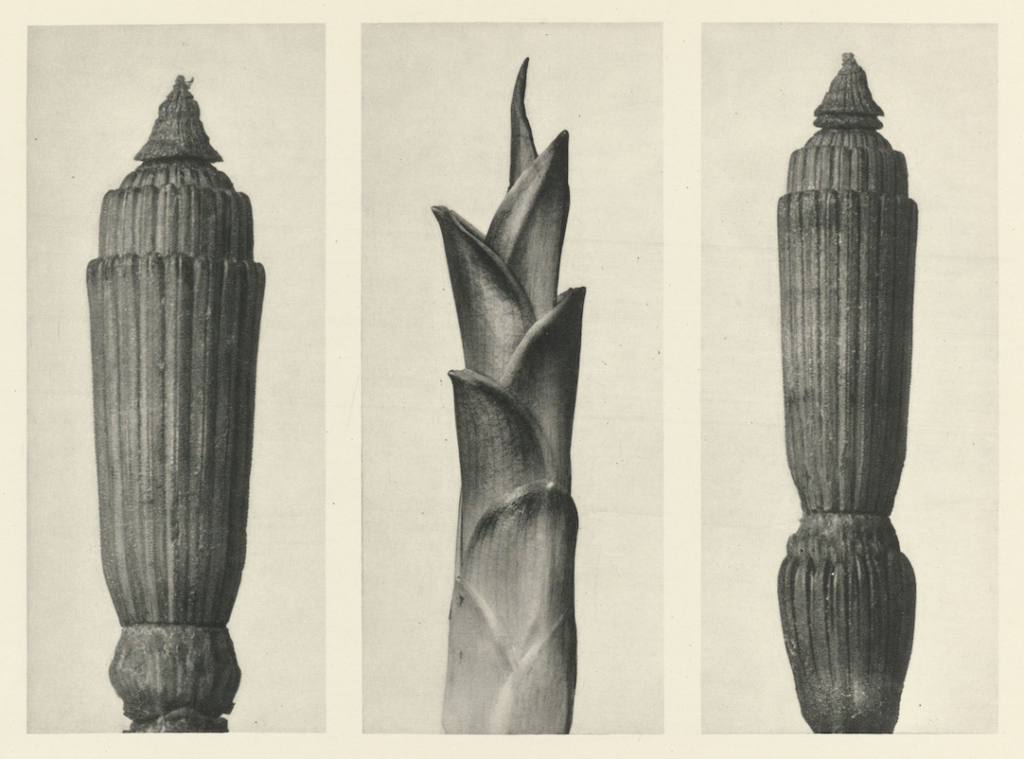
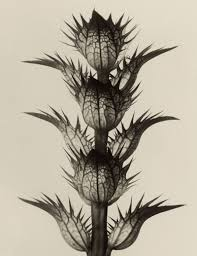
Karl Blossfeldt produced a body of work where he showcased standardised photographs of different plant-life. Each image showed a highly detailed copy of a plant arranged in the same way for a uniform look. The images were arranged together in the book which was originally used for modelling by art students. The inspiration that Bernd and Hilla Becker took from his work was his study of type, standardisation and arrangements which they later changed into grids. Karl Blossfeldt thought that photographers should utilise the cameras realism to scientifically showcase the real world which I would have also inspired the dead-pan approach used in typologies.
Albert Renger-Patzsch
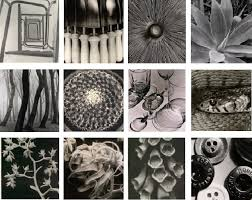
Albert Renger-Patzsch studied the natural form and industrial subjects shown like a scientific illustration. Similarly, like Karl Blossfeldt, he believed that photography’s strengths were in its ability to capture real life texture. Bernd and Hilla Becker took inspiration from the subject matter of Albert Renger-Patzsch being industrial texture and the approach of realism.
August Sander
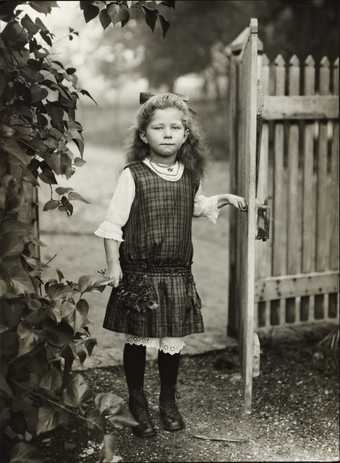
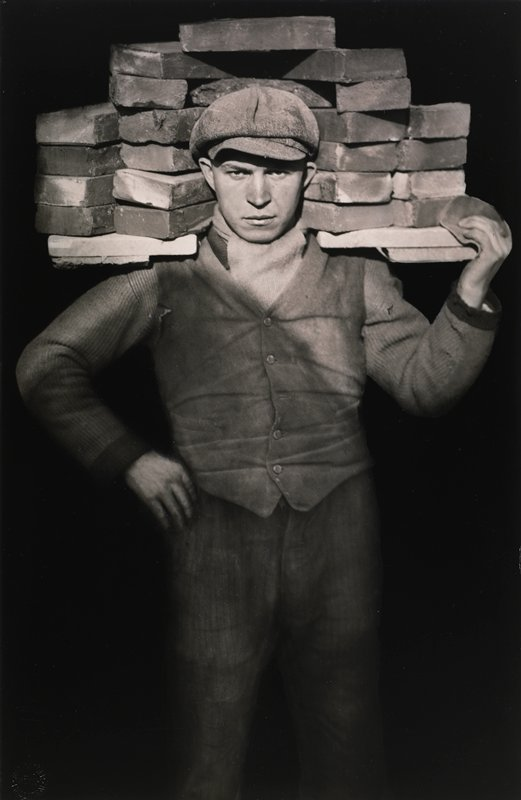

August Sander was a German documentary photographer who aimed to photograph every person in his town for his project People of the Twentieth Century. “If we can create portraits of subjects that are true, we thereby in effect create a mirror of the times.” is a famous Quote from August Sander which represents his approach to this task: portraying the town justly and truthfully. He didn’t just photograph the elite or those who could afford to be photographed as this would be a biased ‘miss telling’ of the townsfolk, he photographed everyone from children to bakers and those who would otherwise be forgotten. He arranged his photographs into the volumes: The Farmer, The Skilled Tradesman, The Woman, Classes and Professions, The Artists, The City, and The Last People. His work was to act as a truthful time capsule of the real people in his town. The inspiration that Bernd and Hilla Becker took from his work was honestly capturing every ‘type’ and preserving it.
Bernd and Hilla Becker

Bernd and Hilla Becker’s Typologies were in black and white showing industrial structures before they were taken down as a way of preserving the uniqueness of each structure. They were large grids of structures that looked different but served the same purpose. Each photograph was taken outside in natural lighting. The sky makes up most of the background and would have been taken in cloud or grey skies. The use of natural light show the structures honestly as they would have been seen which was important for the point of preserving the structures in photographic form. The contrast is quite low without any dark blacks or bright whites. Every image was taken at the same angle with the same framing to standardise each image which makes them fit together in a grid. Each one is centred and close cut in the frame to minimise wasted space which is important when arranged them in the grid as space is added between each image. This also makes the focus extremely clear which is equally important when quickly glancing at the overall grid.
Each photographers influence is clear in these images. The photographs show an industrial structure like Albert Renger-Patzsch, arranged in a grid like Karl Blossfeldt and preserve unique subjects like August Sander all the while standardising and grouping by types.

